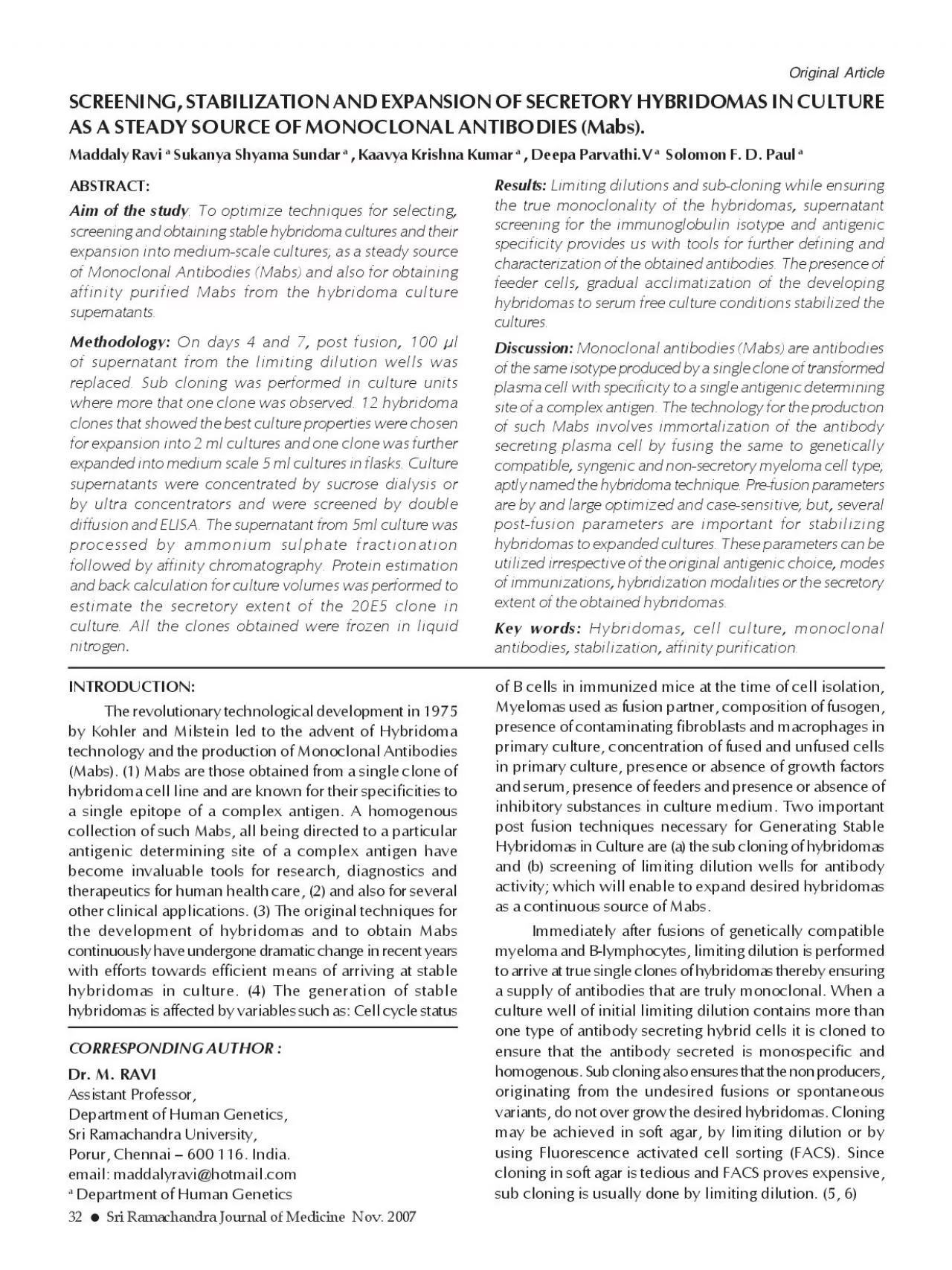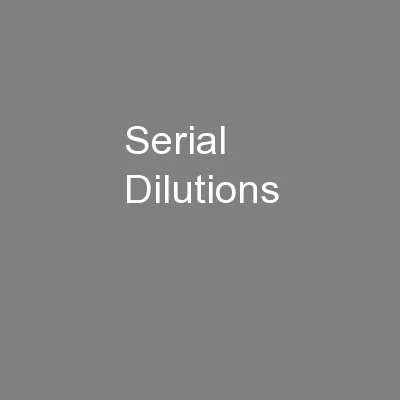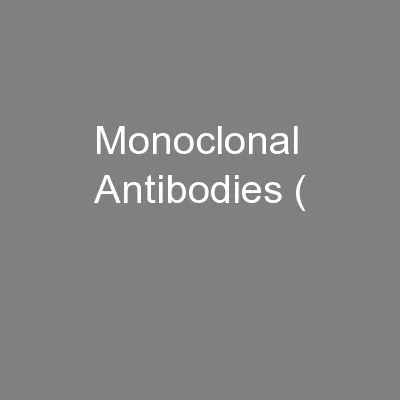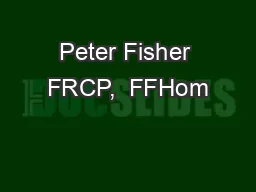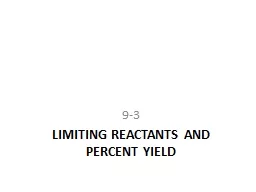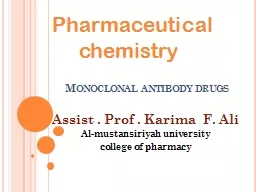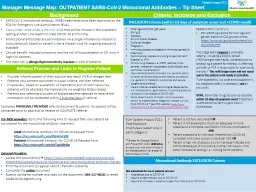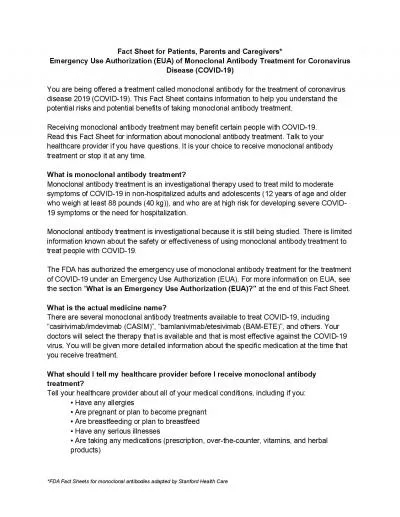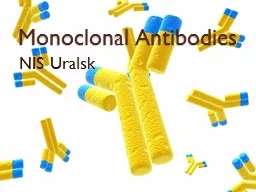PDF-Limiting dilutions and subcloning while ensuring Monoclonal antibodie
Author : candy | Published Date : 2022-10-27
in primary culture presence or absence of growth factorsImmediately after fusions of genetically compatiblemay be achieved in soft agar by limiting dilution or by
Presentation Embed Code
Download Presentation
Download Presentation The PPT/PDF document "Limiting dilutions and subcloning while ..." is the property of its rightful owner. Permission is granted to download and print the materials on this website for personal, non-commercial use only, and to display it on your personal computer provided you do not modify the materials and that you retain all copyright notices contained in the materials. By downloading content from our website, you accept the terms of this agreement.
Limiting dilutions and subcloning while ensuring Monoclonal antibodie: Transcript
Download Rules Of Document
"Limiting dilutions and subcloning while ensuring Monoclonal antibodie"The content belongs to its owner. You may download and print it for personal use, without modification, and keep all copyright notices. By downloading, you agree to these terms.
Related Documents

